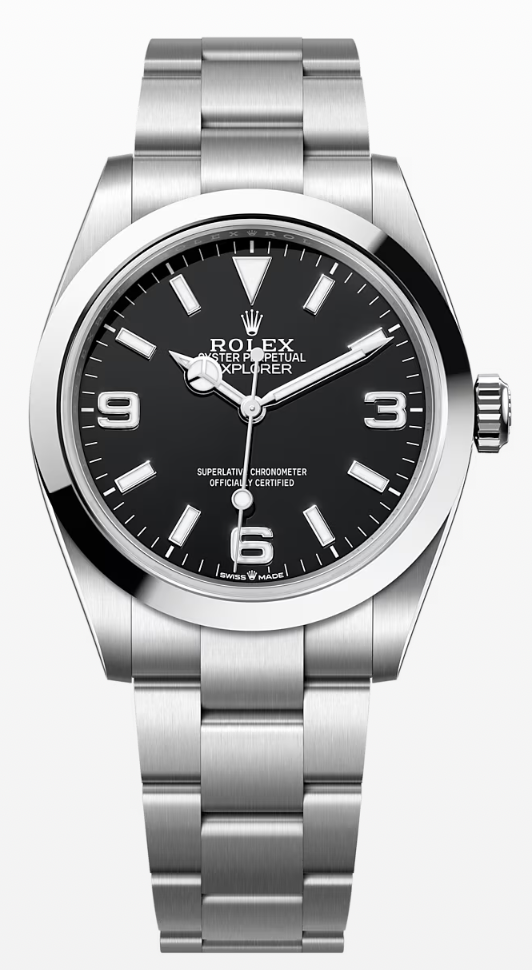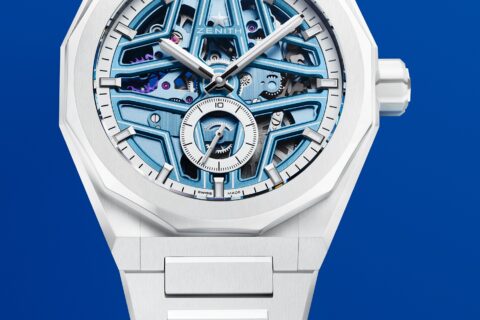The Rolex Explorer returns in a bigger size for 2023

Early in my career I had the desire to own a Rolex Explorer, which I finally achieved during my time in the luxury retail watch business in the mid-90s. At that time, this watch caused quite the stir on a global scale, particularly among the Japanese community, sparking a frenzy. This was further fueled by the fact that a well-known Japanese pop star was seen wearing one. Besides that it always had respect amongst those familiar with Rolex’s past.
Tourists from all over would flock to the store where I was working, eager to get their hands on the Rolex Explorer. The watch was nearly impossible to find in Japan and was going for crazy premiums, so finding one at retail was quite the challenge and rush. However, it was not the hype that drew me to this watch. As I delved deeper into its history and origins as a tool watch that served a specific purpose, I became more fascinated by its timeless design and functionality.
The Rolex Explorer was first introduced in 1953 as a watch designed for mountaineers and other adventurers who ventured into extreme environments. It was built to withstand extreme temperatures, high altitudes, and other challenges faced by explorers. The watch featured a 3, 6, 9 dial configuration in black with large, luminous markers for increased visibility in low light conditions. It was the first Rolex watch without a date function that was certified as a chronometer, meaning it met the highest standards of accuracy set by the Swiss Official Chronometer Testing Institute (COSC).
The original Rolex Explorer had a 36mm case diameter, which was standard for most watches at the time. However, in 2010, Rolex discontinued the 36mm size and introduced an odd 39mm size, which appealed to those who wanted something bigger. The 39mm Explorer was well received, but some customers still preferred the classic 36mm size. In 2021, Rolex surprised the industry yet again by bringing back the 36mm size and discontinuing the 39mm, which angered some customers who preferred the larger size.
At Watches and Wonders this year, Rolex released a new 40mm size in stainless steel, making the Explorer suitable for both men and women. The new 40mm Explorer features an updated dial layout, with the word “Explorer” now positioned under the Arabic numeral 12, where it was historically located.The dial of the Explorer 40 watch is carefully crafted in-house just like all other Rolex watches. The meticulous process is mainly done by hand to ensure the highest level of precision and quality.The previous 39mm size had the word “Explorer” positioned above the Arabic numeral 6.
Despite the changes in size and design over the years, the Rolex Explorer remains a highly sought-after watch among collectors and enthusiasts. Its rugged design, accuracy, and timeless appeal make it a true icon in the world of luxury watches. Whether you are a mountaineer, an adventurer, or simply someone who appreciates a well-crafted timepiece, the Rolex Explorer is a watch that is sure to impress.
Due to the unpredictable and volatile market on certain Rolex, Patek Philippe and Audemars Piguet watches, prices are subject to change.

